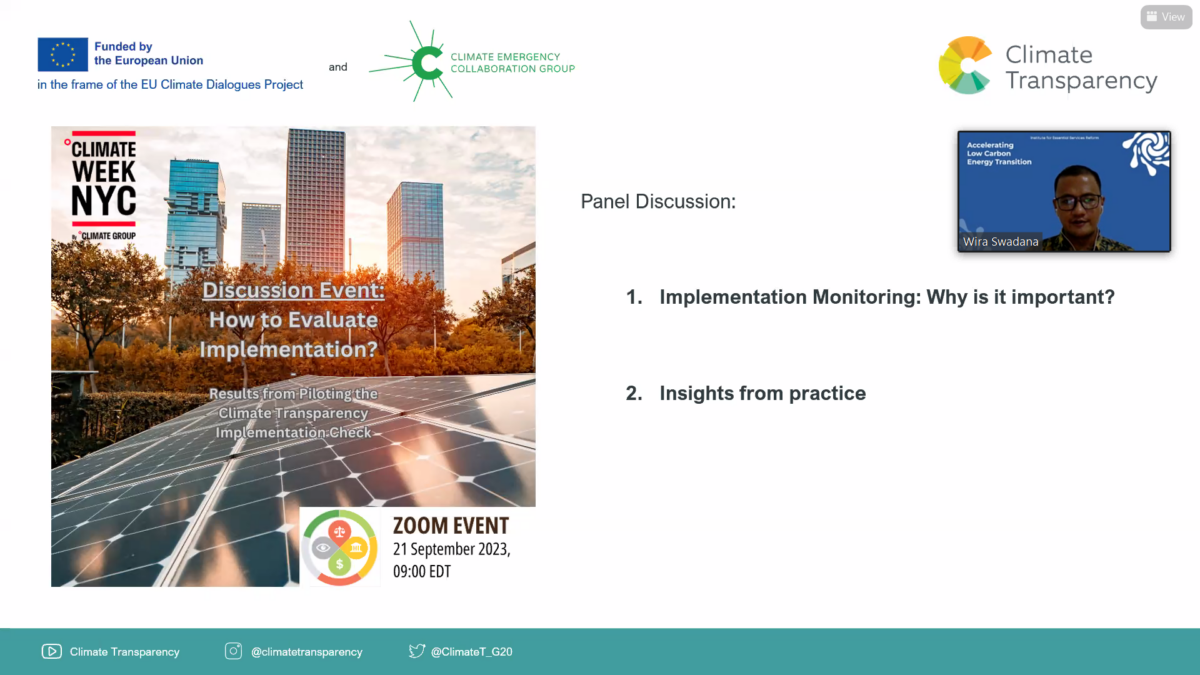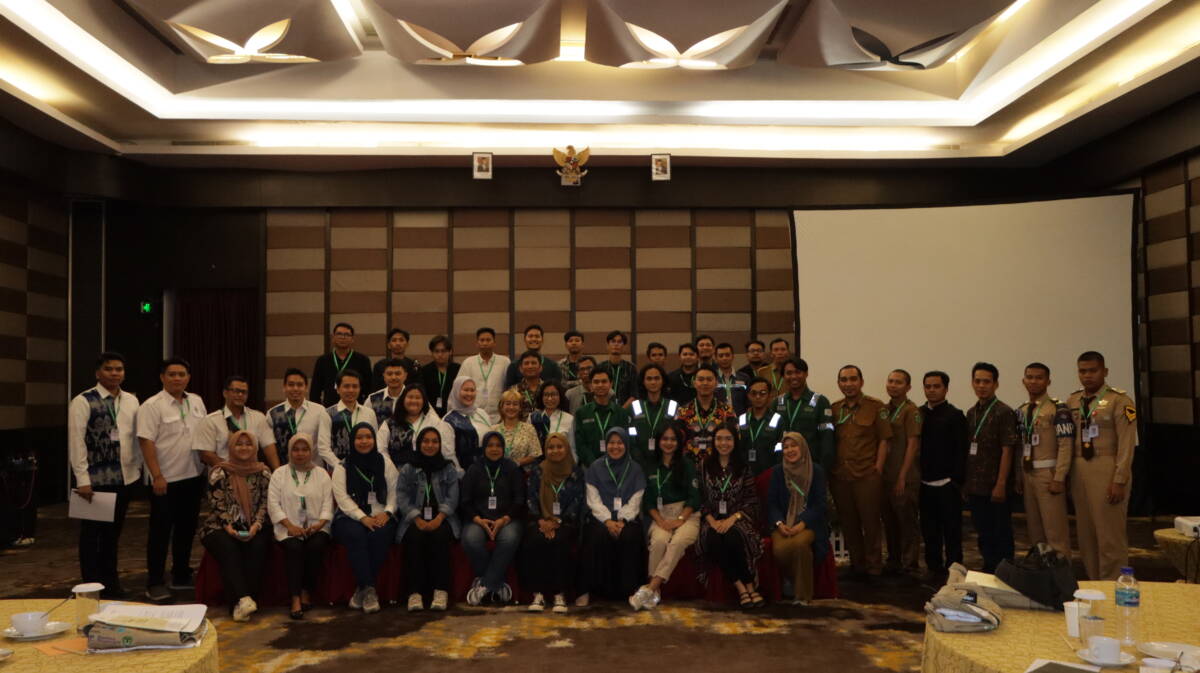Program officer for the Clean, Affordable, and Secure Energy (CASE) project for Southeast Asia, Fadhil Ahmad Qamar, explains the cost of shutting down coal-fired power plants.
Read more on Tempo.

Jakarta, October 5, 2023 - Air pollution is a major environmental challenge society faces today. With increased industrial activity, population growth, and human mobility, air pollutants have drastically increased, causing severe impacts on human health and ecosystems. The Executive Director of the Institute for Essential Services Reform (IESR), Fabby Tumiwa, emphasized that air pollution is…
The government must audit emissions from coal-fired power plants (CFPP) in the Jabodetabek areas, including Jakarta, Bogor, Depok, Tangerang, and Bekasi. These power plants use dirty energy and are a significant source of air pollution. If immediate measures are not taken, the detrimental effects of air pollution will continue to spread.
Read more on Koran Jakarta.
Indonesia needs to anticipate the changing times in the coal industry, which is showing a global declining trend. In a seminar titled "Sunset of Coal-Fired Power Plants and the Coal Industry," Fabby Tumiwa, Executive Director of the Institute for Essential Services Reform (IESR), conveyed that coal is currently experiencing a significant decline.
Read more on Warta…
The investment in the Just Energy Transition Partnership (JETP) is postponed because the government needs to take into account the coal-fired power plants independently built by industries and located outside the PLN network system or captive power plants. The JETP investment plan, which was previously targeted for August, has been pushed back to the end…

Jakarta, September 27, 2023 - Indonesia has established various energy transition policies that will affect domestic coal consumption. Apart from that, Indonesia still relies on 75-80 percent of its coal production for exports to several coal export destination countries such as China, India, and Vietnam, which have also set targets for reducing coal consumption to…

New York, 21 September 2023 - The global community is urging global leaders to take serious actions to address climate change. During the COP 27 in Egypt, several countries renewed their commitment to reducing greenhouse gas emissions and achieving net zero emission status. However, there are still gaps between commitment and implementation of policy and…

Samarinda, 7 September 2023 - The energy transition is an unavoidable inevitability. Current world trends show that the earth is getting hotter and to limit the rise in earth's temperature, structured solutions are needed, including the energy transition, which involves various sectors and multi-stakeholders.
Society and communities are one of the key actors in the…
Deon Arinaldo, Energy Transformation Program Manager at the Institute for Essential Services Reform (IESR), emphasizes that Indonesia cannot abruptly retire Coal-Fired Power Plants (PLTU) solely based on energy transition.
Read more on Media Indonesia.

Balikpapan, September 5, 2023 - The Institute for Essential Services Reform (IESR) is collaborating with the Clean, Affordable and Secure Energy in Southeast Asia (CASE) program and the Office of Energy and Mineral Resources (ESDM) of East Kalimantan Province to organize a series of East Kalimantan Energy Exploration events—the first workshop of this series held…
The Our World in Data page states that at the turn of the 20th century, half of the world's energy sources came from coal. The transition from fossil energy to renewable energy, which was previously slow, is now accelerating. In the UK, around two-thirds of electrical energy came from coal in 1990. In 2010 this…
A study by the Ministry of Energy and Mineral Resources together with stakeholders shows that by 2030, as many as 15 coal-fired power plants can be terminated before their operational period. This has the potential to reduce emissions by 36 million tonnes of carbon dioxide or CO2 by 2030.
Read more on Kompas.
